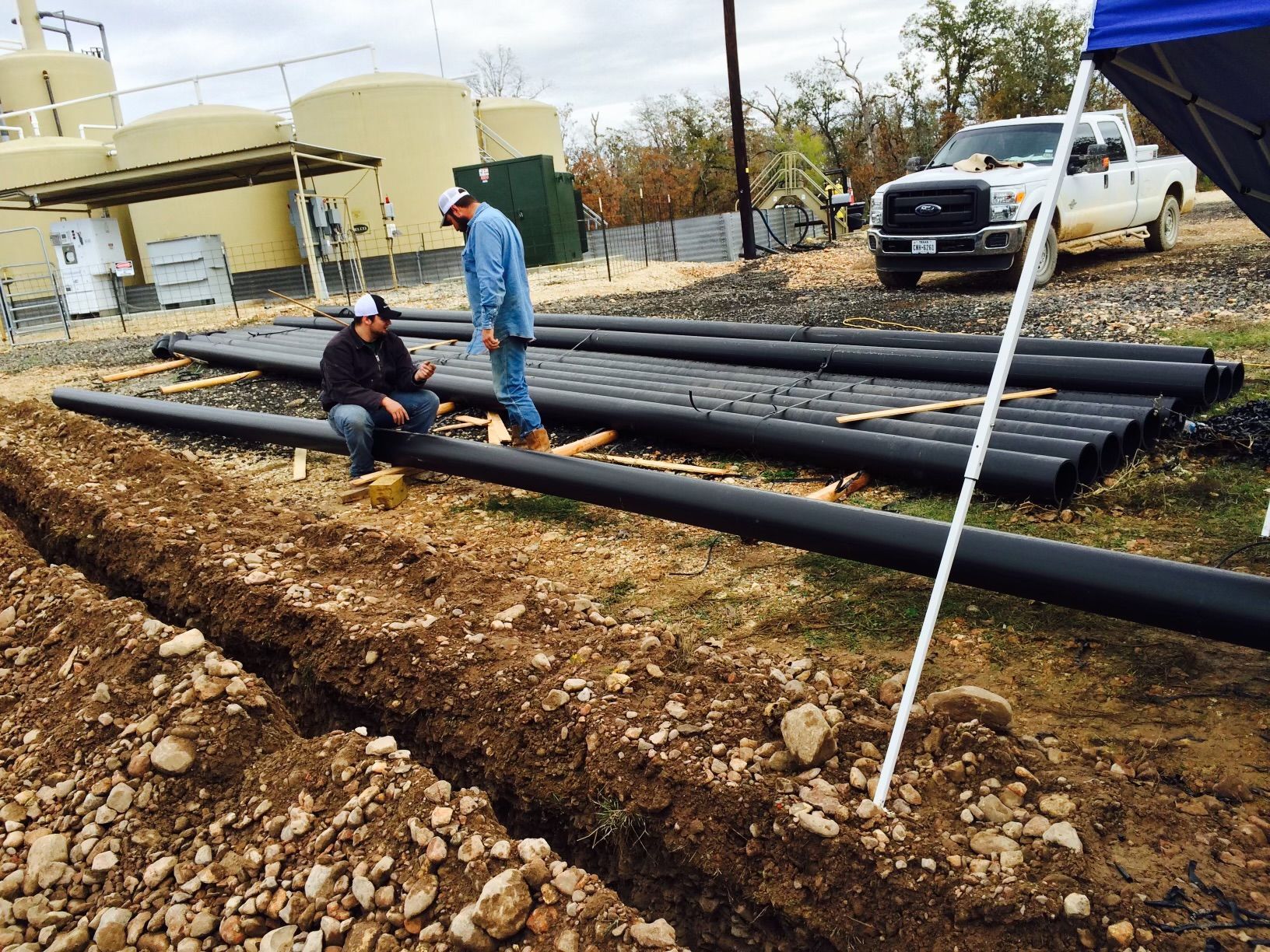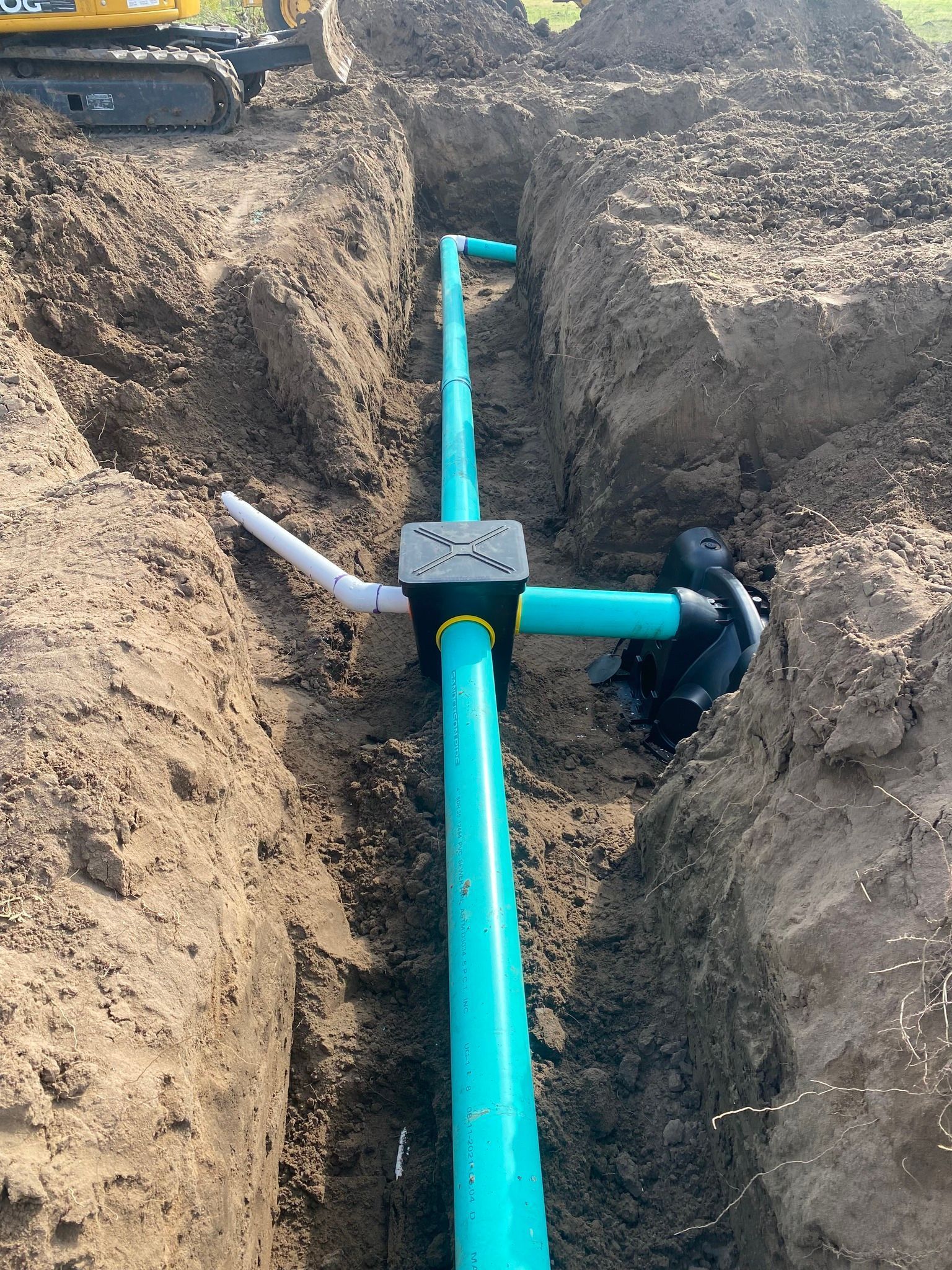Septic Tank Installation Services
Turnkey Land Solutions From One Trusted Company
We Employ Our Own Crews and Own Our Equipment - When You Hire Graham, You Get Graham
Honest and Reliable Service From One Central Texas Land Owner to Another
Request Quote
Hero Request Form
Expert Septic Tank Installations by Graham Construction & Land Clearing
When it comes to septic tank installations, you need a reliable and experienced team to ensure the job is done right. At Graham Construction & Land Clearing, we provide comprehensive septic services, from site evaluations to final inspections. We invite you to get in touch with us today to discuss your needs.
Why Choose Our Septic Services?
Our septic tank installation services are designed to provide you with peace of mind and long-term value. Here's why:
- Our team provides emergency septic services, ensuring you're never left in a bind.
- We are licensed, bonded, and insured, guaranteeing your project is in safe hands.
- Graham Construction & Land Clearing never subcontracts Our dedicated crews are employed by us, ensuring consistent quality and service.
- We are licensed by the Texas Department of Licensing and Regulation and the Texas Commission on Environmental Quality (TCEQ).
Don't hesitate to reach out to us for your septic tank installation needs.
Distinctive Features of Our Septic Services
At Graham Construction & Land Clearing, we go above and beyond to ensure your septic tank installation is seamless and efficient. Here's how:
- Graham Construction & Land Clearing conducts thorough site evaluations to determine the best placement for your septic tank.
- Our design engineer crafts a custom septic tank design tailored to your property's specific needs.
- We handle the entire installation process, ensuring your septic tank is installed correctly and efficiently.
- Our team conducts a final septic tank inspection to ensure everything is functioning as it should.
Contact us today to experience the difference of our septic tank installation services.
Contact Graham Construction & Land Clearing Today
Ready to get started with your septic tank installation? Our team is ready to assist you. Contact Graham Construction & Land Clearing today to discuss your needs and learn more about our septic services. We look forward to serving you.
Reviews
Related Services
Septic Tank Installation Page Form
Learn More About
Graham Construction & Land Clearing
Serving Central Texas, Graham Construction & Land Clearing specializes in land, excavation, and septic system services. Emergency septic services. All work is warrantied. Honest and reliable. Call today.






Share On: